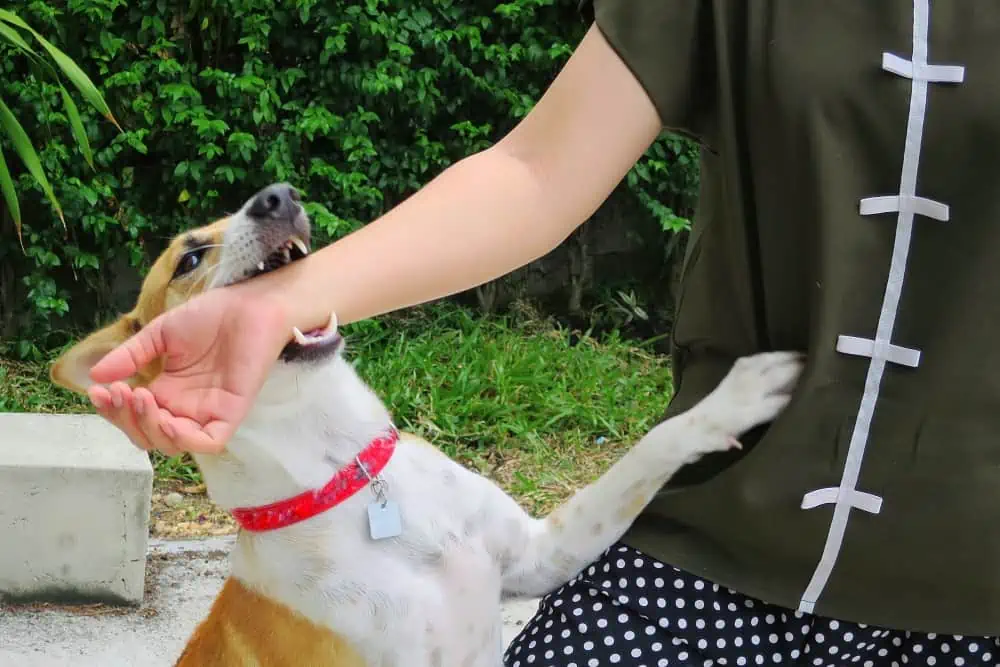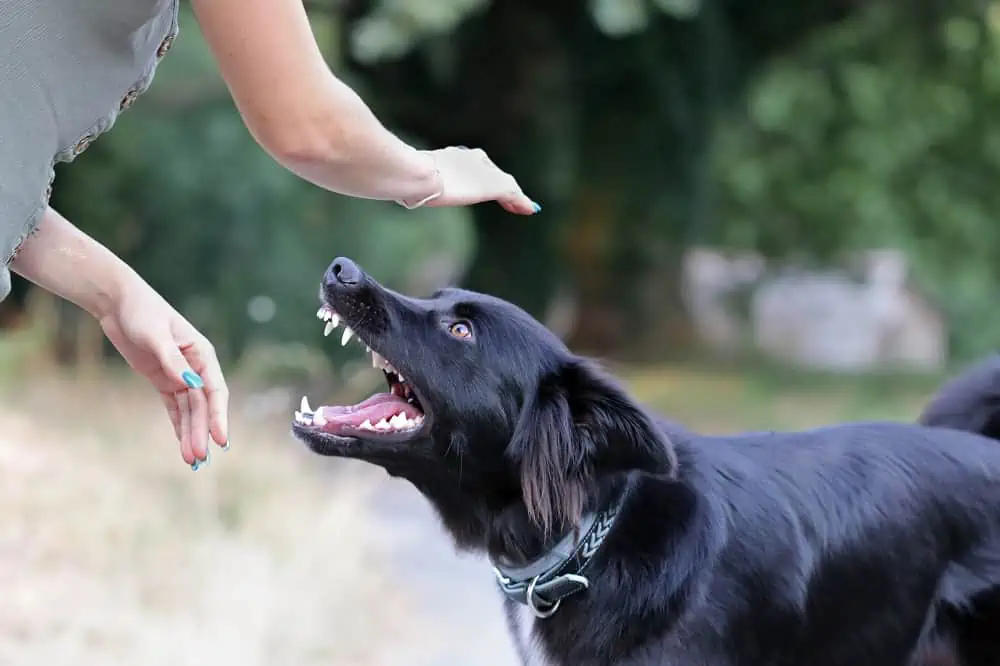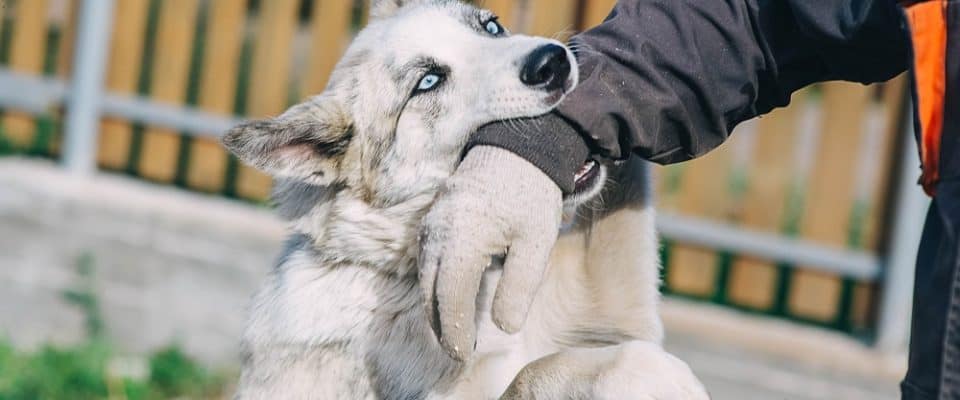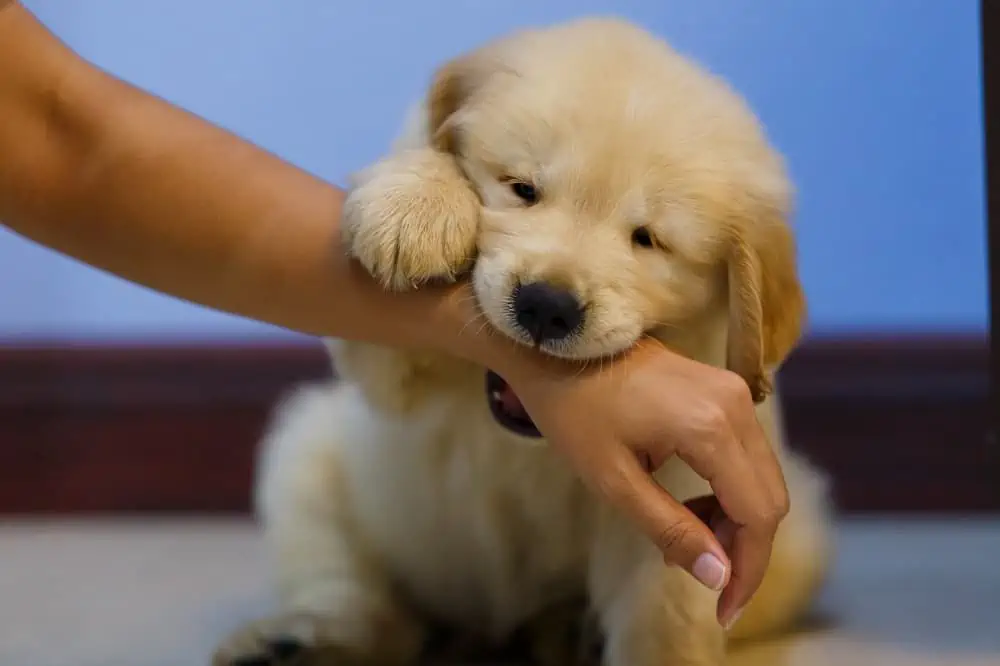How to Stop a Dog from Biting?

How to Stop a Dog from Biting?
Dog bites are not common, but they are not uncommon either. About one in five people bitten by a dog may need medical care. In some cases, surgery may even be necessary. Dogs often choose children for themselves. Therefore, everyone in the family should know the answer to the question of how to prevent a dog bite.
To further reduce the prevalence of dog bites in the pediatric population, it is important to educate parents and the public about the importance of protecting children from dog bites. A multidisciplinary approach is necessary to provide safe and effective treatment for children with such injuries.
Dog Bite
Dogs are wonderful pets, but they are also aggressive. They bite in various situations, not only to defend themselves. This is not always a good thing. It can cause injury or serious problems. Fortunately, there are some things you can do to prevent your dog from biting.
Causes of Dogs Biting
Dogs bite people for various reasons. The biggest reason is fear. Apart from the most common causes of dog bites, there are some rare ones that you should know about.
Other causes of dog bites
- Establishing dominance
- Feeling threatened
- Region protection
- Strain
- Attracting Attention
- Itching during teething
- Problems with socialization
- Obsessive compulsive disorder
- Adult dogs have the same biting capacity as puppies. Some older dogs can attack people in pain, while others are overwhelmed. These conditions can be a sign of canine cognitive dysfunction.

Source Protection
Resource guarding is a canine behavior that occurs when a dog protects something that is very valuable to it. This resource can be a person, a toy, a bone or even food.
Many dogs are capable of resource guarding. However, for their owners, this can be a problem. It can disturb the peace of the home and negatively affect everyone’s quality of life. Fortunately, there are ways to prevent and treat this common dog behavior.
First, it’s important to understand the difference between protection and aggression. While resource guarding is a normal canine behavior, it can be dangerous if not handled properly. If you suspect your dog is guarding resources, it’s best to consult a certified professional dog trainer.
As for the “best” methods of treating the problem, desensitization is a good start. In the desensitization process, positive relationships are established between the source and the approach.
To start, make sure your dog has enough food. If you have more than one dog, you should give each of them their own food.
The next step is to take away some of your dog’s toys. This will help your dog understand that you are not interested in playing with their toys.
Illness or Injury
It is important to know how pain or soreness can affect your dog’s behavior. Pain can be caused by injury, illness or simply age. Your vet will help you determine what is causing your dog’s pain and what treatment would be most appropriate.
Your pawed friend may exhibit more aggressive behavior when in pain. This may surprise you. Your cute and friendly dog can suddenly turn into a monster. Pain can make your dog tense and stressed, which can lead to a higher level of aggression. We recommend that you muzzle your dog to prevent another bite. Signs of illness or injury;
Your dog’s eyes can be a good indicator of whether they are in pain. The pupils will be smaller and the whites of the eyes may look bloodshot.
Some dogs may attack people who try to tame them. Others may not be aware of the pain and may be happy to hide it.

When a dog is in pain, it usually stops eating and playing. Water may drip from its mouth if it is a painful area. Other symptoms include an arched back, stiff posture and decreased activity.
Fear
There are several reasons why a dog bites, but the most obvious is fear. When a dog is afraid, it responds with a bite. However, there are ways to avoid such behavior and teach your dog not to be afraid of you.
The first thing to do is to recognize when your dog is afraid. This can be done by looking at their body language. For example, if they are shaking, their back arches and they show a wide eye with large pupils, they may be afraid.
There are many veterinarians and behaviorists who offer treatment for fear aggression. They will ask you various questions to determine social history and psychiatric history. Your veterinarian may recommend medication and behavior modification to treat your specific phobia. You can also seek help from a professional trainer. If your dog has bitten others, it is important to deal with the incident immediately. Taking your dog to the vet can help eliminate a physical cause of aggression.
Disappointment
Some dogs tend to bite out of frustration when they cannot find a way out of a difficult situation. When a dog bites itself, it’s usually out of frustration. Although this behavior may seem strange, it can cause real problems. Dogs have a higher state of arousal when they’re frustrated, which can trigger aggressive behavior. Fortunately, there are ways to help your dog cope with frustration.
To prevent a dog from biting itself, you need to recognize the signs. If you notice that your dog is biting itself more than usual, take a close look at your dog’s environment. This may mean taking a break from your routine or finding a new activity for your dog to enjoy.
Depending on the situation, you may need to put your dog in a muzzle to prevent it from getting worse. You should also make sure you are getting the appropriate amount of exercise. Taking your dog for a walk every day is a good start.
You can also hire a professional to help your dog through this difficult time. A good dog trainer can teach you how to identify these behaviors and how to treat them. The more you know, the more likely you are to successfully help your dog.
Biting is one of the most severe frustration behaviors, but it’s not the only way your dog expresses frustration. Your dog may also bite itself because of a surprise bee sting or a thorn in its paw.

Anger
Children should learn how to behave towards animals. Just as we train a dog in many ways when we adopt a dog, it is important that we teach our children love and respect and set an example for them even if we do not adopt a pet. Otherwise, they will not understand that they should not anger a dog or throw stones at them and may continue to do so even as adults. Of course, dogs can bite in return. This is also partly related to the instinct of protection.
Being frightened
Dogs often don’t know what to do when startled, which can cause them to behave aggressively. The best thing to do after being bitten by a dog is to take time to calm down and assess the wound. You will also want to contact your family members and seek medical attention if necessary. One of the most interesting things about dog behavior is their different reactions to a frightening situation. A stressed dog may try to bite, while a newly adopted dog may growl.
Dogs Biting at Play
Dogs often bite when they play. This behavior is a natural part of the play cycle. However, some dog owners try to minimize the amount of play that leads to biting. They also look for ways to prevent playtime from becoming too stressful. If your dog shows signs of aggressive behavior, you should consult a professional. It’s best to remove your dog from situations that cause him to get angry or upset.
The cause of aggressive dog biting may be related to their prey drive. A dog with a high prey drive is more likely to bite while playing. They may also have a hard or wrinkled muzzle, erect ears or a tail that curls backwards. If your dog is aggressive, it can be difficult to distinguish between a playful nip and a painful bite. To avoid pinching and biting people, your dog needs to be socialized.
The way your dog plays with other dogs is an important factor in whether it will bite. For example, herding dogs tend to pinch the legs of other dogs more than other breeds. This is because it helps them develop bite inhibition. Similarly, puppies and other small dogs are less likely to nip as they learn how to handle themselves. By channeling these pinching habits into a toy, you can help your pet reduce this behavior.

Dogs Bite to Scratch
If you have a teething puppy, you’re probably wondering how to stop it from making you a teether. Chewing is a normal behavior for puppies, especially in the first few months of their lives. However, persistent biting can be harmful and may indicate a health problem.
The best way to stop your dog from biting you is to make the objects they chew on less attractive. You can do this by removing the object from its mouth or giving it something else. Teach your puppy the “drop” command. This is a simple command that lets your puppy know that you want him to put something down. Until your puppy learns this command, it will chew whatever it wants and bite you.
Chew toys are good for your puppy because they help relieve teething pain. There are even frozen teething toys so your puppy won’t hurt itself.






